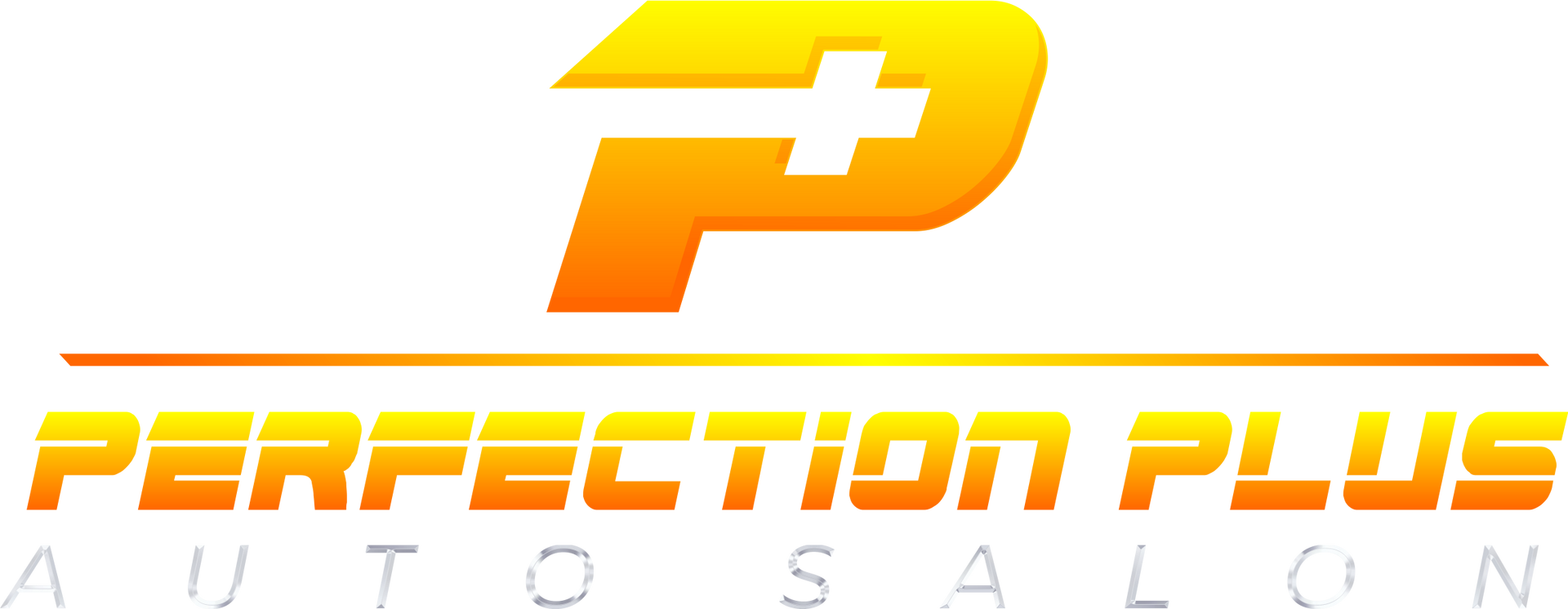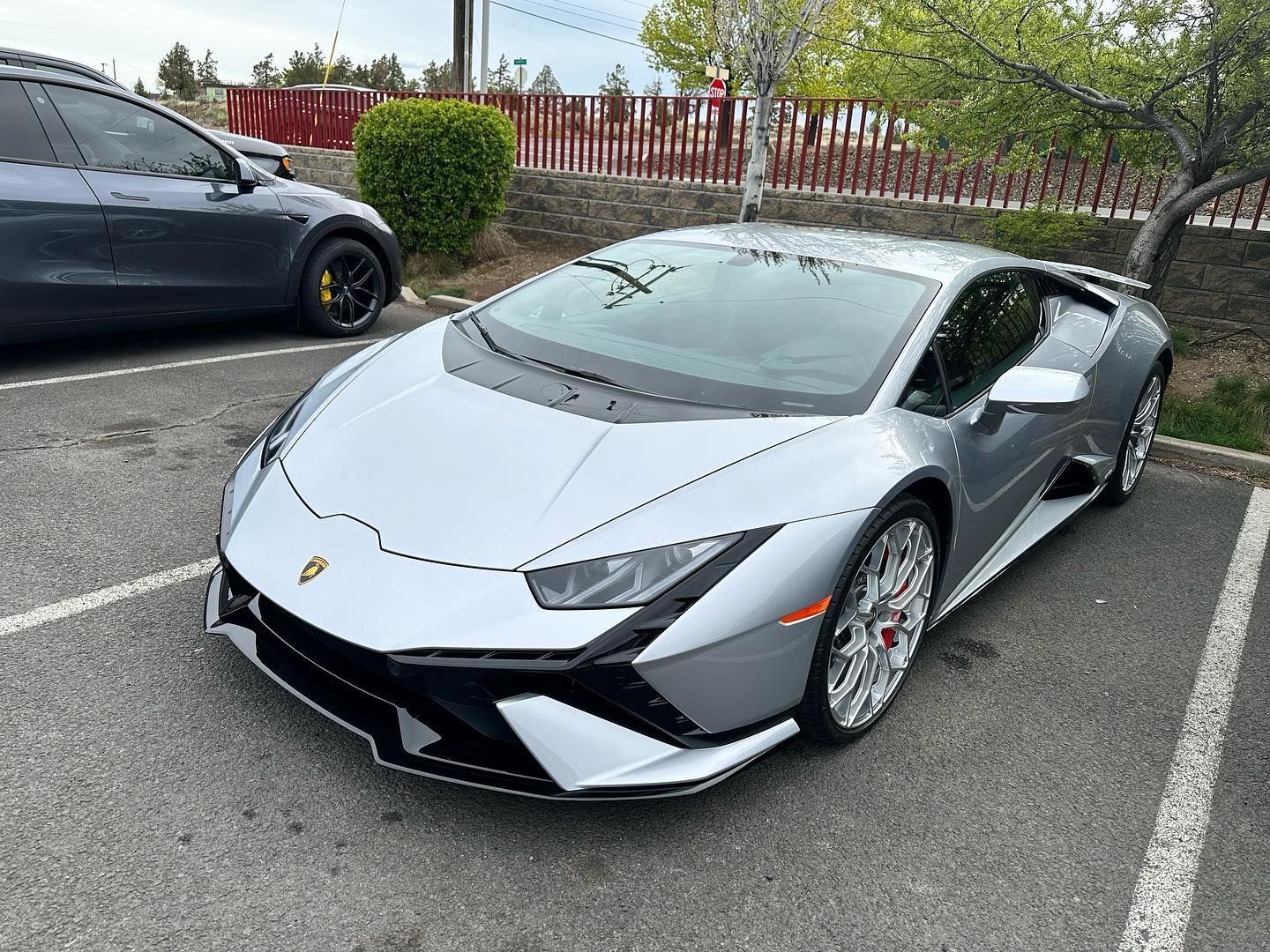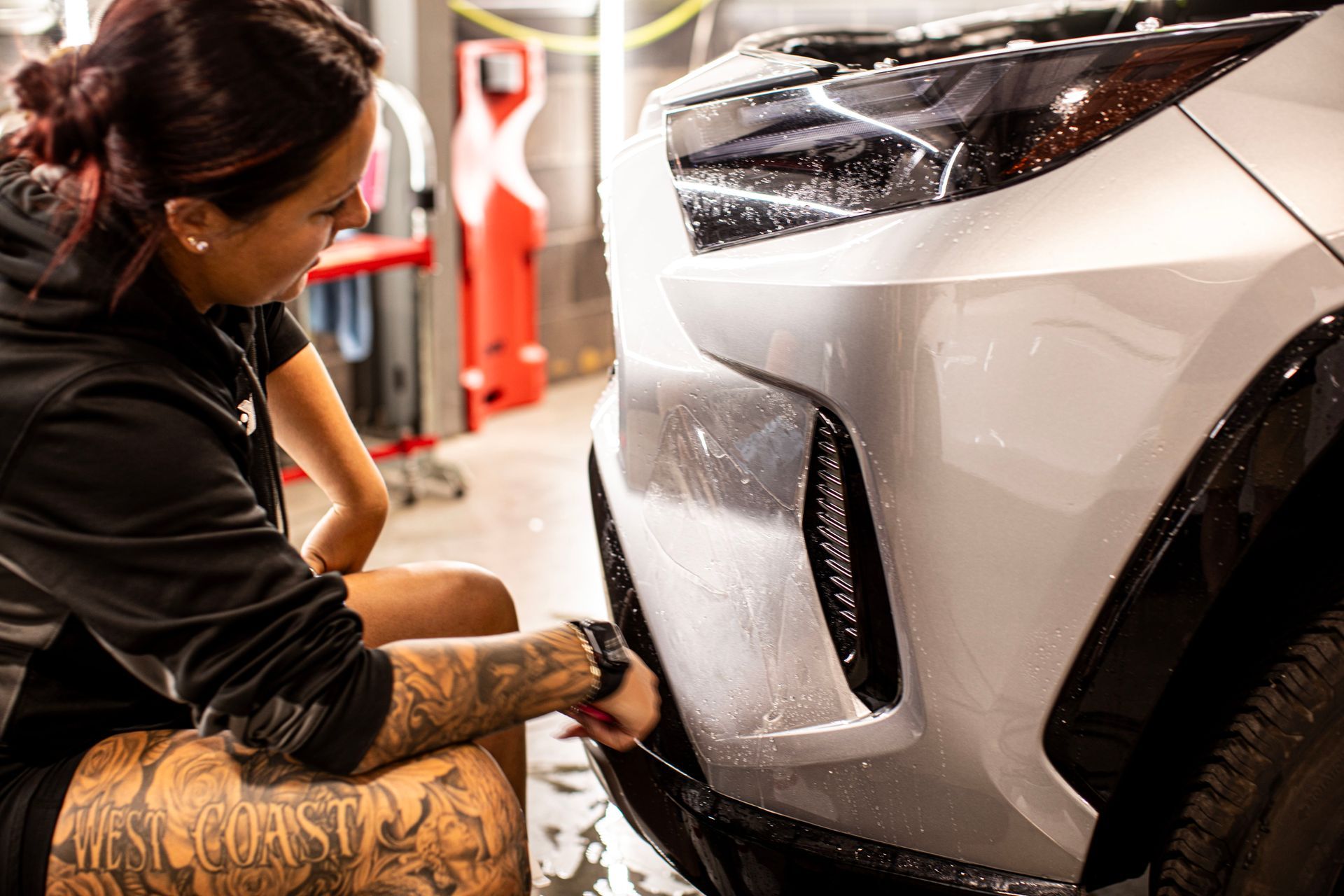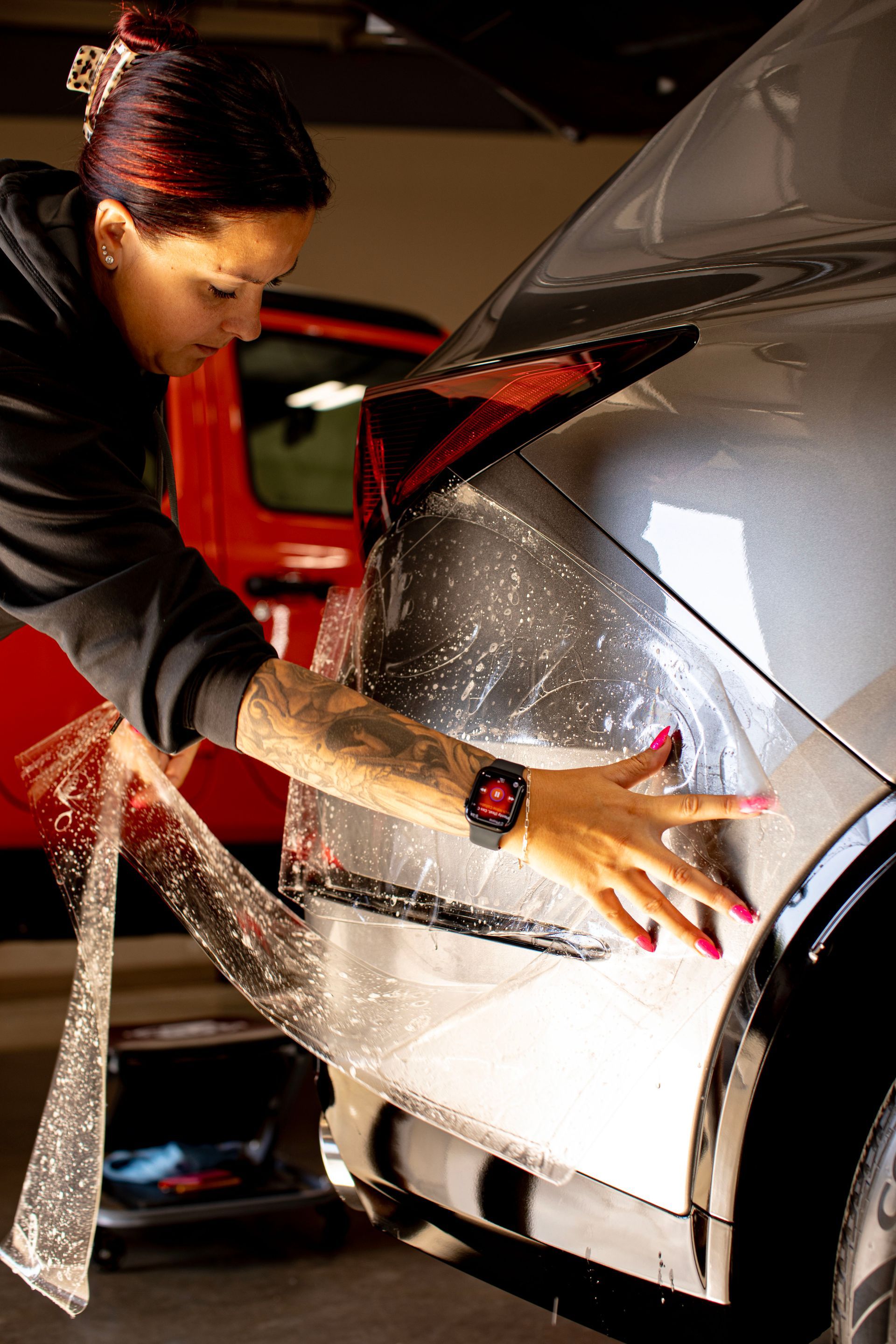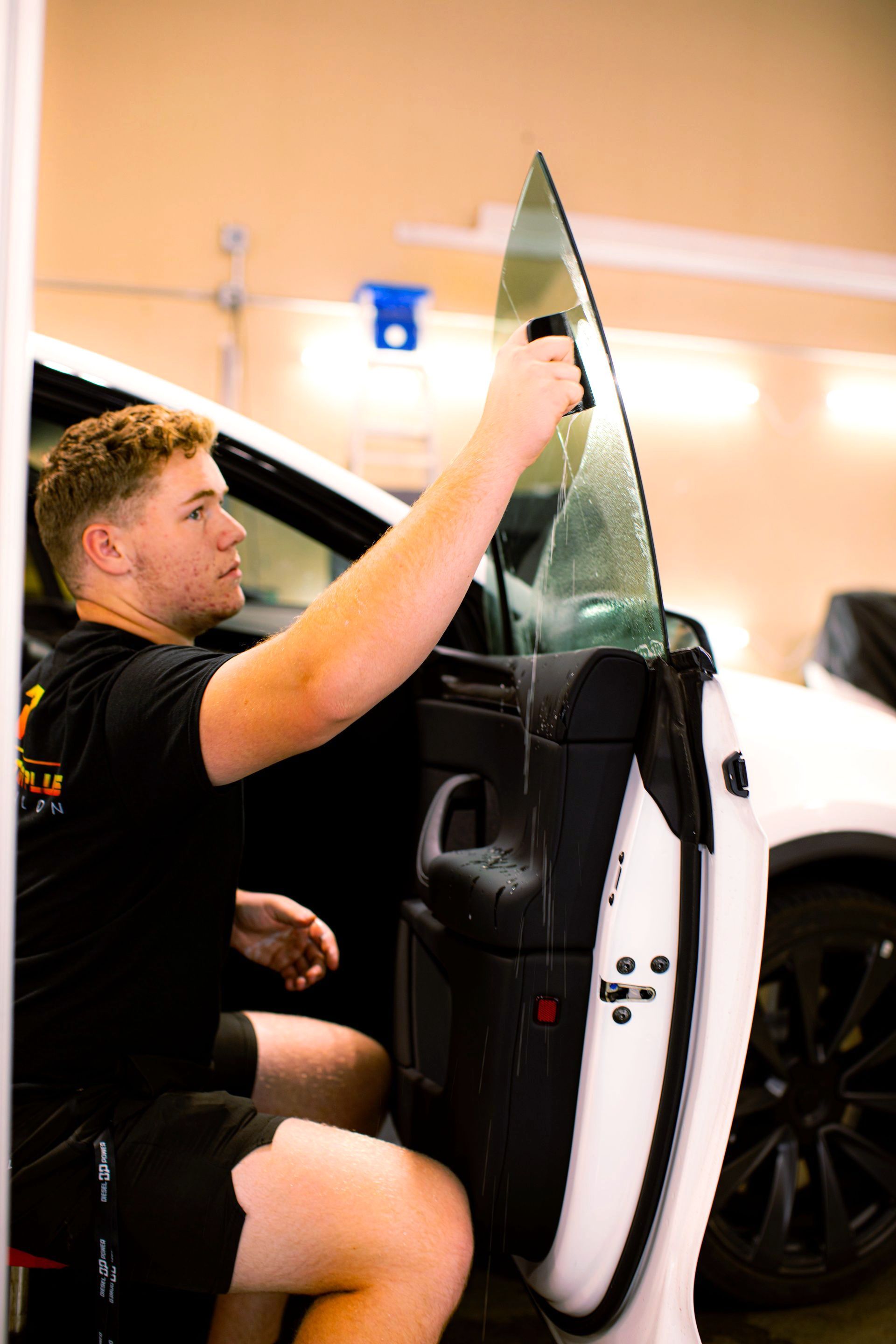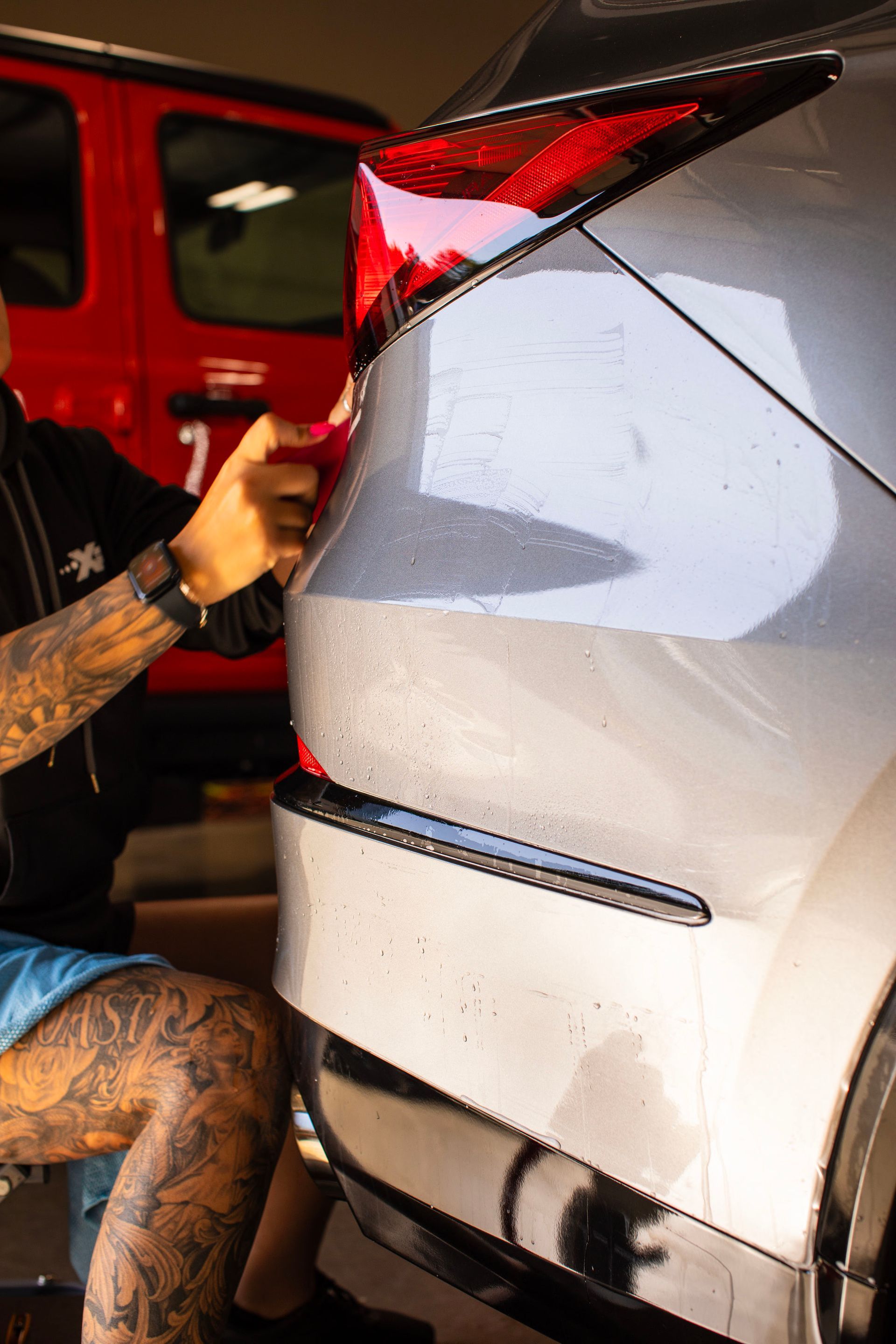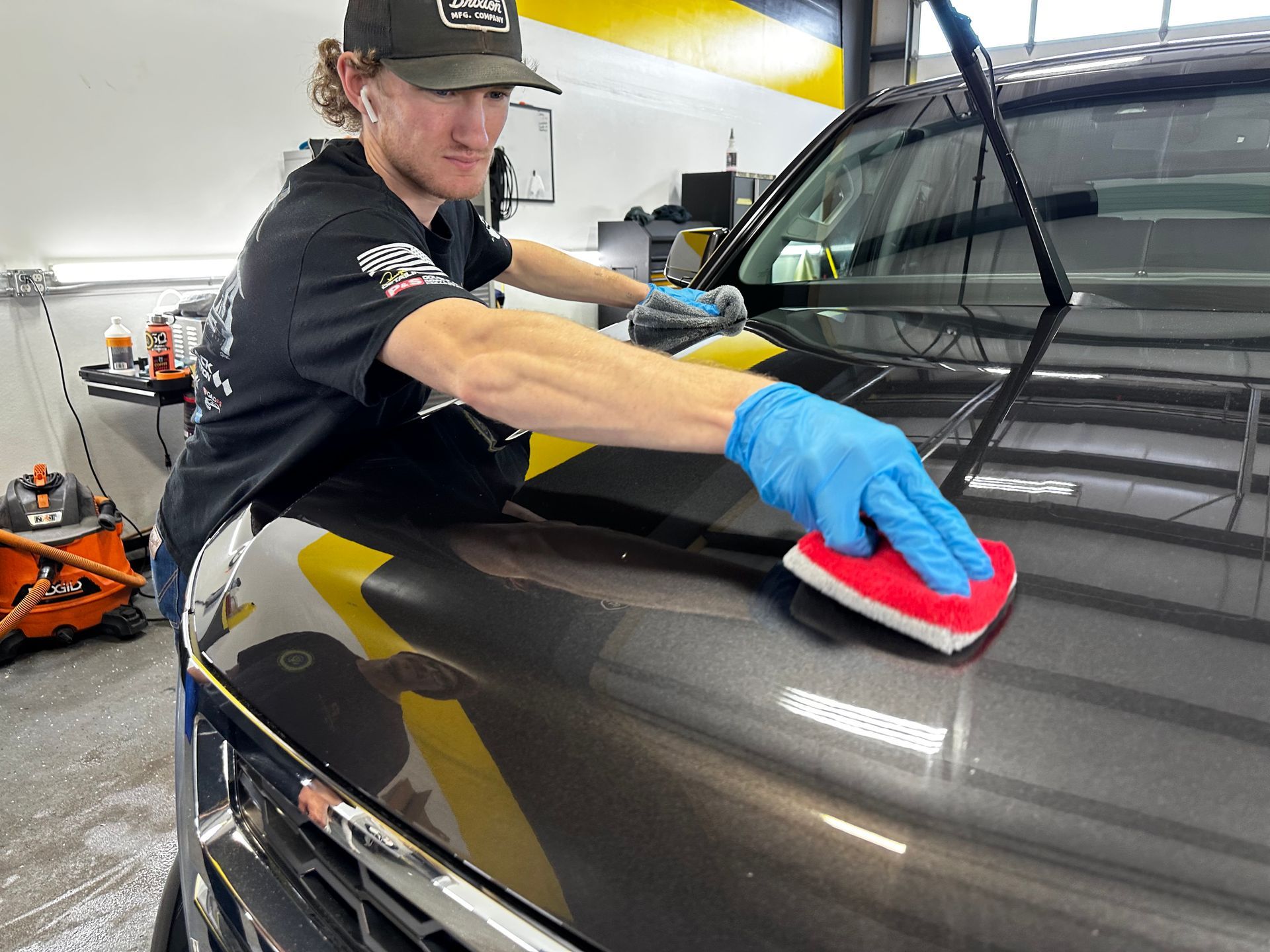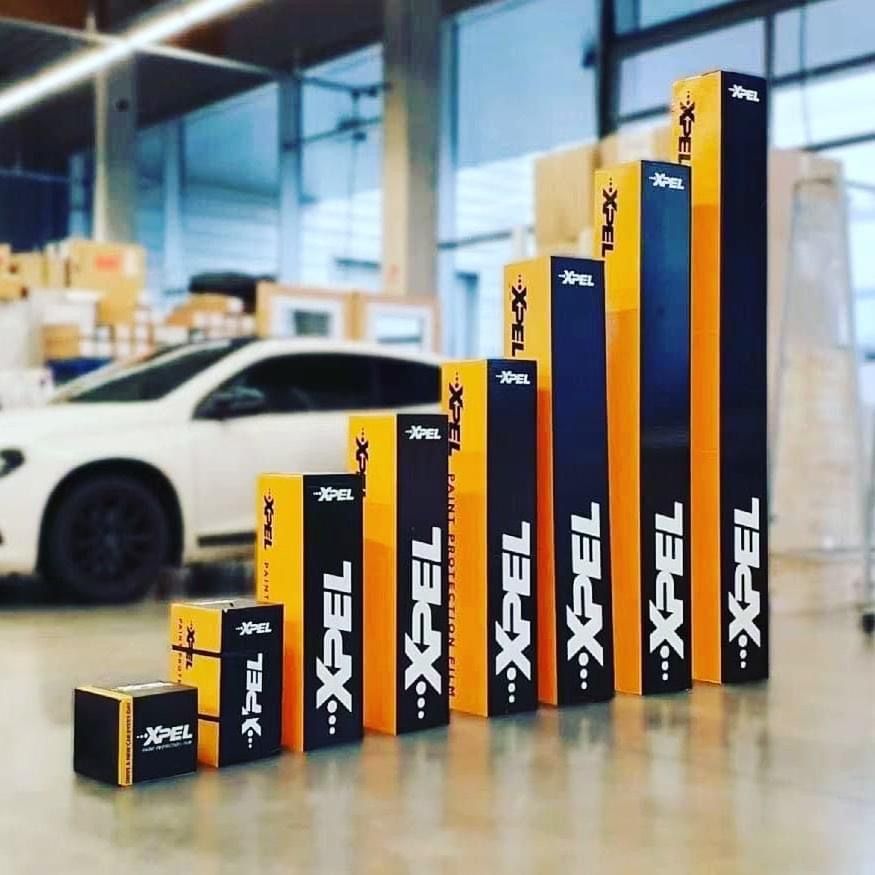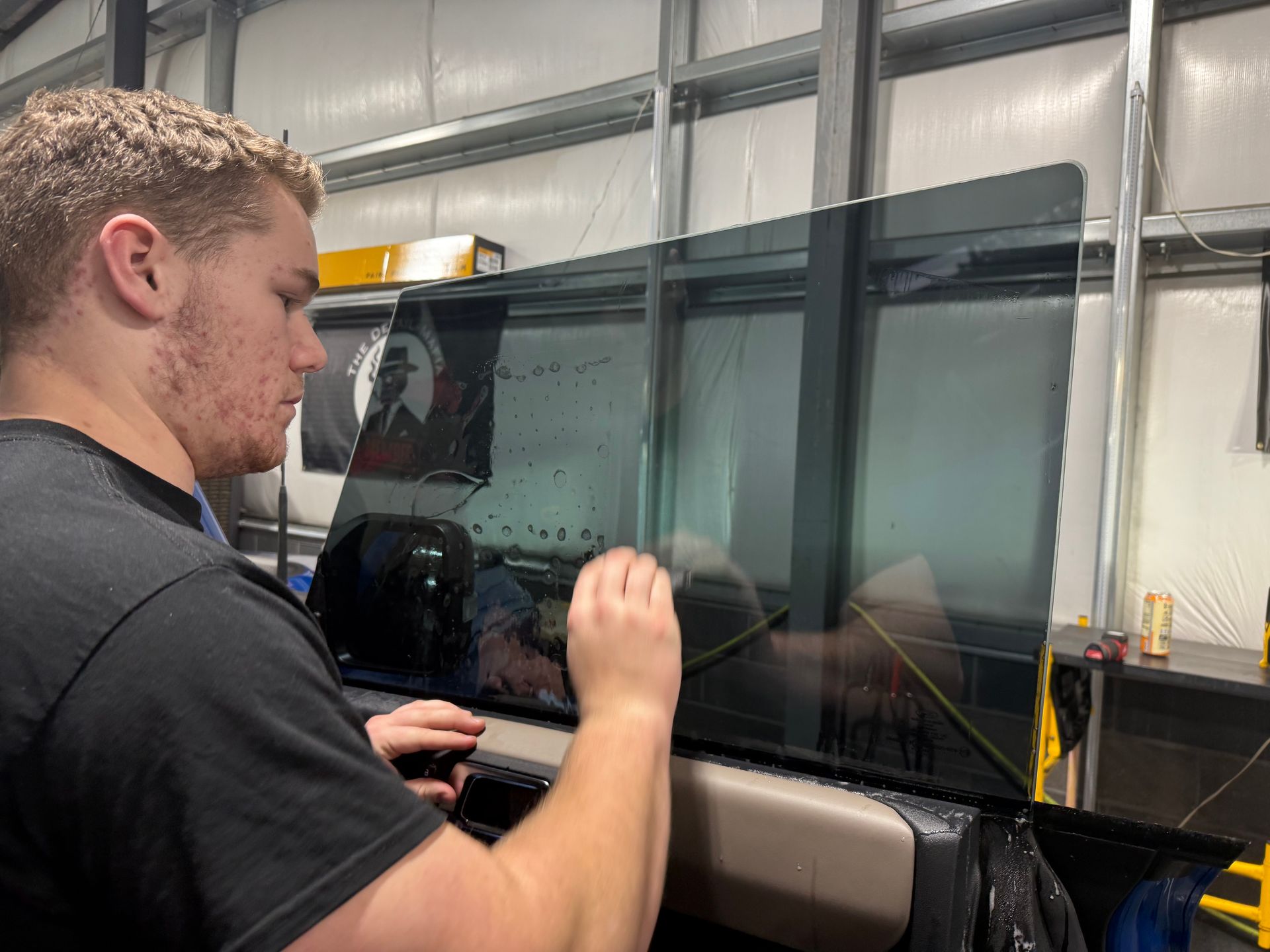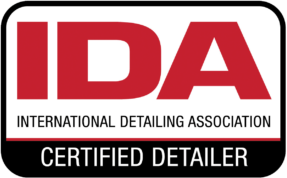Choosing the Right Paint Protection Film Expert: A Comprehensive Guide
GET A FREE ESTIMATEFor car enthusiasts who treasure their vehicles, ensuring the paint remains immaculate can be both a passion and a source of stress. Choosing the right paint protection film (PPF) expert is not just about keeping your car looking its best; it’s about safeguarding an investment from wear and tear, elements, and unexpected mishaps.
When selecting a paint protection film expert, it's crucial to consider their experience, reputation, the type of film they offer, and the warranty provided. Look for experts who have a track record of quality installations and positive customer reviews, as well as offering high-quality film products with comprehensive warranties.
Evaluating Providers for Paint Protection Film
When it comes to protecting your vehicle with paint protection film, you want to ensure you're choosing a provider who not only meets your expectations but exceeds them. A well-done PPF application can significantly enhance the appearance of your car and protect its paint from scratches, chips, and other forms of damage. Here are the key aspects to consider when evaluating PPF providers:
- Credibility and Reputation: A stellar reputation is a reliable gauge of a provider's trustworthiness. Customer testimonials and reviews on platforms like Google, Yelp, or Facebook can offer valuable insights into the experiences of previous clients. Look for consistent positive feedback and see how the provider addresses any negative reviews. Additionally, check the provider's rating with the Better Business Bureau (BBB) to assess any complaints or issues raised against them. A strong track record of customer satisfaction is a good indicator of a reputable PPF installer.
- Portfolio and Examples: Reviewing a PPF provider's portfolio is like taking a peek into their expertise and craftsmanship. Ideally, look for before-and-after photos of vehicles that underwent paint protection film installation. Analyze the quality of their workmanship through detailed images showcasing how effectively they handled different types of vehicles. The portfolio should demonstrate their ability to seamlessly apply PPF to various surfaces, highlighting their precision and attention to detail.
- Certifications and Affiliations: Opting for a provider certified by reputable PPF manufacturers offers an added layer of assurance. These certifications serve as evidence of formal training and expertise in applying paint protection film, ensuring that the provider adheres to industry standards and best practices. Being affiliated with trusted manufacturers indicates that the provider has met stringent criteria, underscoring their commitment to quality and professionalism.
By meticulously assessing these crucial factors, you can confidently select a PPF provider who aligns with your standards and delivers exceptional results, safeguarding your vehicle's paint for years to come.
Key Qualities of a Paint Protection Film Expert
When it comes to finding the right paint protection film expert, experience and skill are imperative. An experienced installer has a deeper understanding of different vehicle models and the unique challenges each one presents. Look for experts with at least five years of experience in the field. Their familiarity with a variety of vehicles will enable them to provide tailored solutions that best suit your specific needs and requirements. A skilled professional will have worked with numerous car makes and models, making them adept at addressing the intricacies of each vehicle's surface area. This level of expertise instills confidence, assuring you that your vehicle is in capable hands. Whether it's an exotic sports car or an everyday vehicle, their experience equips them with the knowledge to handle any car with precision.
Another pivotal quality to assess in a PPF expert is their attention to detail during installation. It's crucial for the film to cover edges seamlessly, ensuring comprehensive protection without leaving any vulnerable areas exposed. Additionally, the absence of bubbles or creases in the film is a hallmark of quality installation. A meticulous eye for detail sets apart exceptional installations, contributing to the longevity and effectiveness of the protection film. Exemplary paint protection film experts also prioritize customer service and satisfaction as fundamental aspects of their practice. A customer-centric provider values clear communication, providing thorough explanations of the installation process and offering comprehensive post-installation support. This extends to confidently addressing any inquiries or concerns you may have while ensuring a satisfaction guarantee that instills trust and peace of mind.
When seeking a PPF expert, consider these essential qualities: experience and skill, meticulous attention to detail, and a strong focus on customer service. These attributes combine to deliver a comprehensive and satisfying experience, ultimately ensuring that your vehicle receives top-tier protection from a knowledgeable and dedicated professional.
Selecting the Best PPF Material
When it comes to paint protection film, not all films are created equal. There are various options available, each catering to specific needs and preferences. Let's dive into some essential aspects to consider when selecting the best PPF material for your vehicle.
- Types of PPF: Matte finish, clear bra, and self-healing films each bring something unique to the table. Matte finish films can provide a sleek, non-glossy appearance, while clear bra films offer transparent protection without altering the original color of the vehicle. On the other hand, self-healing films, as the name suggests, possess the remarkable ability to repair minor scratches and swirl marks on their own over time. Understanding these distinctions is pivotal to making an informed decision based on your specific requirements.
- Durability and UV Resistance: Durability is paramount when picking a PPF material. Thermoplastic polyurethane (TPU)-based films are renowned for their exceptional durability, ensuring robust protection against road debris, minor abrasions, and small impacts. Moreover, high-quality paint protection film should also exhibit reliable UV resistance to shield your vehicle's paint from fading or discoloration caused by prolonged sun exposure. It's advisable to opt for a film that not only guards against physical damage but also maintains the aesthetic appeal of your vehicle for years to come.
- Manufacturer’s Warranty: A reputable indicator of quality in PPF material is the inclusion of a comprehensive manufacturer’s warranty. This warranty typically spans anywhere from 5 to 10 years and covers various defects such as bubbling, peeling, and yellowing. A substantial warranty ensures that any unforeseen issues with the film can be addressed without incurring additional expenses, providing peace of mind and confidence in your investment. For instance, if you reside in a region with intense sunlight, opting for a paint protection film with extended UV resistance might be prudent to maintain the vibrancy of your vehicle's paintwork under prolonged exposure.
Ultimately, selecting the right PPF material entails a thorough understanding of your unique requirements, coupled with an appreciation for the diverse benefits offered by different types of films. By carefully considering factors such as durability, UV resistance, and the manufacturer's warranty, you can make an informed decision that safeguards your vehicle while preserving its aesthetic appeal for years to come.
The Installation Process Explained
Installing a paint protection film is a meticulous process that demands skill and precision. It's essential to comprehend each step of the installation procedure to truly appreciate the effort and expertise involved in applying this protective layer to your vehicle's surface.
- Surface Preparation: Before the PPF installation begins, the vehicle's surface undergoes thorough cleaning to eliminate any contaminants such as dirt, dust, or residues that could interfere with the adhesion of the film. This stage is crucial because even the smallest particles can cause imperfections in the final finish.
- Pattern Cutting: Once the surface is immaculately clean, paint protection film (PPF) sheets are precisely cut to fit the specific make and model of the vehicle using computer-generated patterns. Precision is key here, as accurate cutting ensures full coverage and a seamless appearance post-installation.
- Application: The application process demands patience and attention to detail. The film is meticulously applied, starting from one end and carefully smoothing out air bubbles and creases as it progresses across the vehicle's surface. This step requires skill to ensure a wrinkle-free and flawless finish.
- Trimming and Finishing Touches: After the film has been expertly applied, excess material is trimmed off, and edges are sealed to guarantee a clean and polished look. This phase demands precision trimming to ensure that the film aligns perfectly with the contours of the vehicle.
It's evident that each stage of the installation process is designed to achieve optimal protection while preserving the aesthetic appeal of your vehicle. The expertise and attention to detail required for this task are truly remarkable. A seamless application makes all the difference in ensuring that your vehicle receives comprehensive protection.
Trusting Professional PPF Installers
When it comes to protecting your vehicle's paint, a decision must be made: trust an expert or do it yourself. While the latter may sound appealing, professional installers bring expertise and equipment essential for a successful application of paint protection film. Professional installers have received specialized training and possess detailed knowledge of the specific techniques required for a flawless application. They are equipped with specialized tools that ensure precise cutting and positioning of the film on your vehicle's surface. Their expertise doesn't just stop at applying the film; they understand the intricacies of different paint types and how the film will interact with them. This level of knowledge is hard to replicate without professional training.
Another advantage of entrusting professionals with this task is access to high-grade materials. Professional installers have relationships with reputable suppliers and manufacturers, ensuring that the materials used are of top quality. This access guarantees that you receive the best possible protection for your vehicle. Additionally, the results that professional installers deliver are exceptional. Their installations boast higher quality and longevity compared to DIY endeavors. You're likely to see far fewer issues, such as trapped air bubbles or misalignment, which can compromise the film's effectiveness if not handled properly.
What does all this mean for you? A professional installation can provide peace of mind. You're ensured a seamless finish that not only protects your vehicle but also enhances its aesthetics. No more worrying about uneven edges or unsightly bubbles - just a perfectly protected and polished vehicle ready to take on the road. Additionally, choosing professional installers ensures that you benefit from warranties on both the film and the installation process. This means that if any issues arise post-installation, you'll have the necessary support for repairs or adjustments. It's like having an insurance policy for your investment in paint protection.
Trusting professional installers isn't just about convenience; it’s about ensuring a high-quality, long-lasting outcome for your vehicle's paint protection needs. Their expertise and access to superior materials can make all the difference in delivering a professional-grade application that stands the test of time.
Maintaining Your Paint Protection Film
Once your paint protection film has been expertly installed, proper maintenance is essential to ensure it continues to serve its purpose effectively. Here are some key practices to maintain the superior quality of your paint protection film:
Regular Cleaning
To keep your paint protection film looking brand new, use a pH-neutral car shampoo and a soft microfiber cloth when washing your vehicle. This gentle approach will help avoid scratching or lifting the film at the edges. It's essential to avoid high-pressure washers, which may inadvertently damage or lift the edges of the film. Imagine washing a delicate piece of fabric; similar care should be taken when cleaning your vehicle with paint protection film. Using a mild detergent and a soft cloth prevents any abrasive actions that could damage or prematurely wear out the protective film.
Avoiding Harsh Chemicals
One of the most critical aspects of maintaining a paint protection film is to avoid using abrasive cleaners and solvents that can potentially harm the film's surface. Instead, opt for gentle cleaning products specifically designed for paint protection films. These specialized products ensure that the protective qualities of the film are preserved without causing any damage to its surface.
Periodic Inspections
Regularly inspecting the paint protection film for any signs of damage, such as scratches or peeling, is crucial for identifying issues in their early stages. Early detection allows for prompt repairs, thereby maintaining the film's protective qualities and extending its lifespan. Consider this inspection as you would a routine health check-up. Early detection of any imperfections will allow for swift action, preventing potential complications and ensuring that the protective qualities of the film remain intact.
Parking and Storage
In addition to regular inspections and cleaning, it's essential to consider where you park and store your vehicle. Whenever possible, park your vehicle in shaded or covered areas to minimize exposure to direct sunlight. Prolonged exposure to sunlight can cause premature aging of the film, potentially compromising its protective capabilities over time. By making conscious decisions about where you park your vehicle, particularly in hot climates, you can significantly contribute to preserving the integrity and longevity of your paint protection film.
Regular cleaning, avoiding harsh chemicals, periodic inspections, and thoughtful parking and storage practices are all crucial elements in maintaining and protecting your investment. These practices not only preserve the appearance of your vehicle but also ensure that the integrity of the protective film remains uncompromised, providing long-lasting defense against environmental hazards and everyday wear and tear. Making informed decisions about maintaining your paint protection film ensures that your investment stays protected for years to come. It's these simple yet effective practices that safeguard both the appearance and value of your vehicle.
Ultimate Paint Protection Film Service in Redmond
Protect your vehicle with the
ultimate paint protection film service at Perfection Plus Auto Salon in Redmond, OR! Our skilled professionals use cutting-edge technology and premium materials to safeguard your car's paint from scratches, chips, and environmental damage. Experience peace of mind knowing your vehicle is in expert hands, maintaining its pristine appearance for years to come. Schedule your appointment with Perfection Plus Auto Salon today and give your car the superior defense it deserves! Call us at
(541) 598-6193 to get started!
